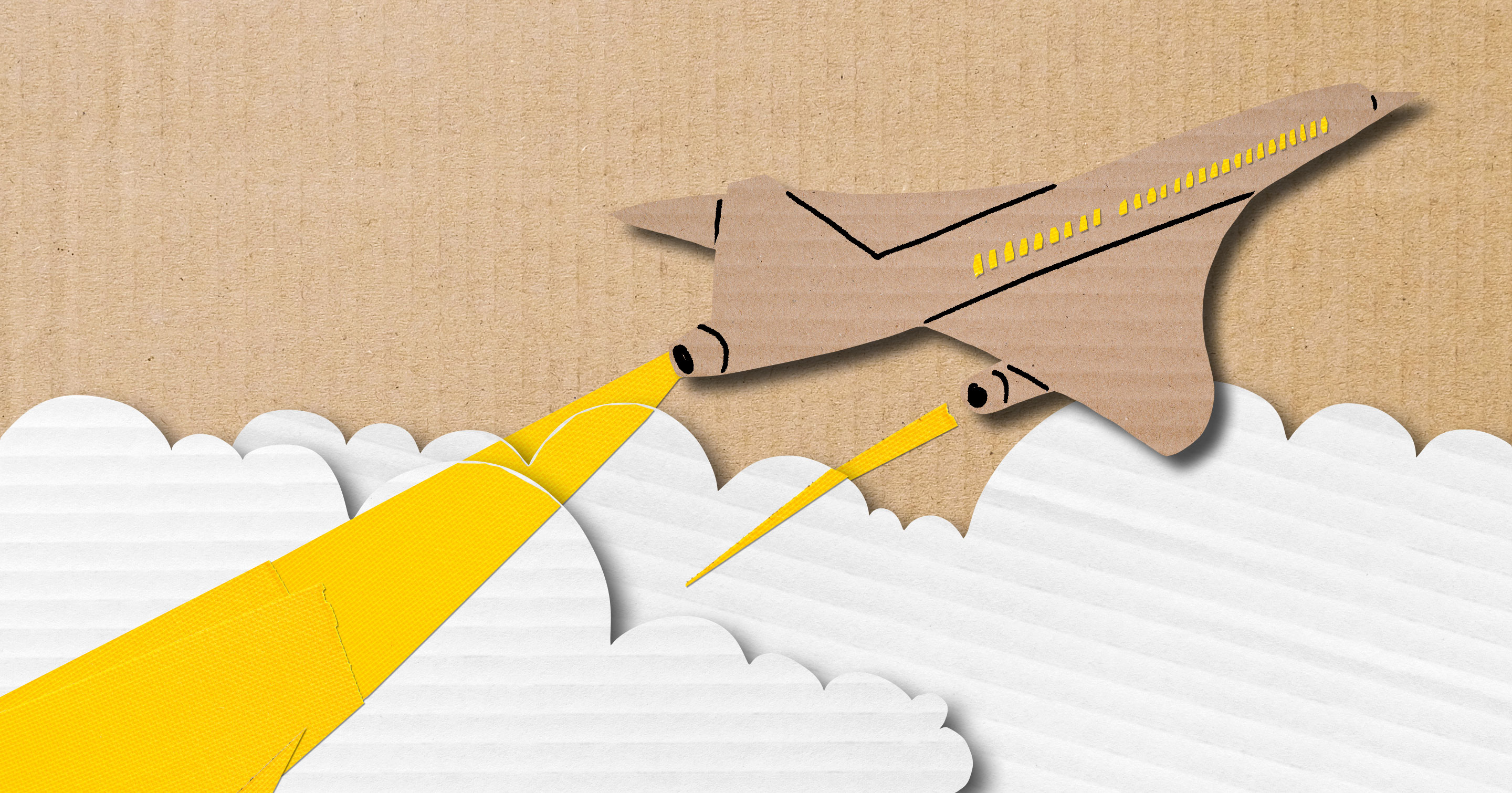IDEO’s secret to designing the future?
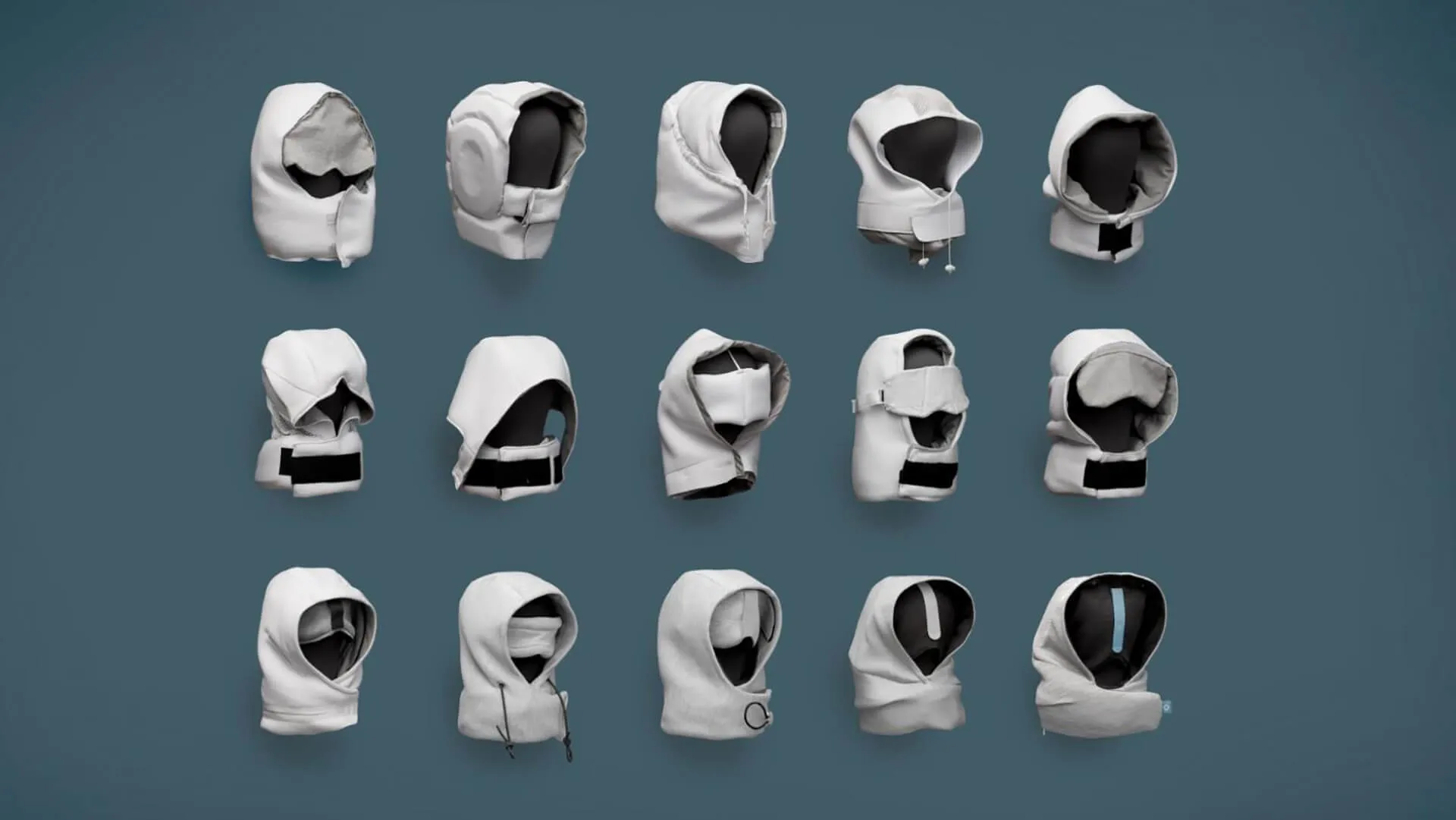
At IDEO, we have a classic saying: Never show up to a meeting without a prototype. And unlike things that have been around just as long—Pepsi Clear, the Delorean, the Discman—it’s just as relevant today, for making everything from medical devices to emerging technology products.
And unlike things that have been around just as long—Pepsi Clear, the Delorean, the Discman—it’s just as relevant today, for making everything from medical devices to emerging technology products.
By making things tangible early, we can explore the edges of what a product could be, prove something that hasn’t been done before is possible, or reduce risk by strengthening an idea before investing in it.
Our maker-first approach applies to everything we do—even when we’re designing for a future we haven’t seen yet. Because if you can’t click it, touch it, taste it, smell it, or hear it—how can you believe in it? It’s how we designed the first mouse for Apple back in 1980, helped create the all-electric Ford-150 Lighting, and the method that guided our research into what Gen Z really wants from AI products.
Here are five reasons we get tangible early and often.
To solve a problem
When we approach a new problem, our minds are swirling with possibilities. Immersing ourselves in tools, materials, and mindsets can inspire us—often unexpectedly—turning our nascent thoughts into cohesive ideas. Working with our hands is often faster and more rewarding than turning straight to spreadsheets, computer models, simulations or CAD, and can add a little confidence, too.
When IDEO started a program with Pluto Pillow to reimagine the travel pillow, jumping right into 3D CAD modeling didn’t make any sense.
It’s hard to define what makes someone comfortable enough to fall asleep on an airplane. So many factors play a role in finding that perfect position. So we gathered tons of relevant materials—from different density foams to variations of fabric softness—and kicked things off by using this array as inspiration. The result was dozens of simple prototypes that helped us identify and explore key themes we knew this new travel pillow would need to address to resonate with consumers; things like packability, cleanliness, re-positioning, and privacy.
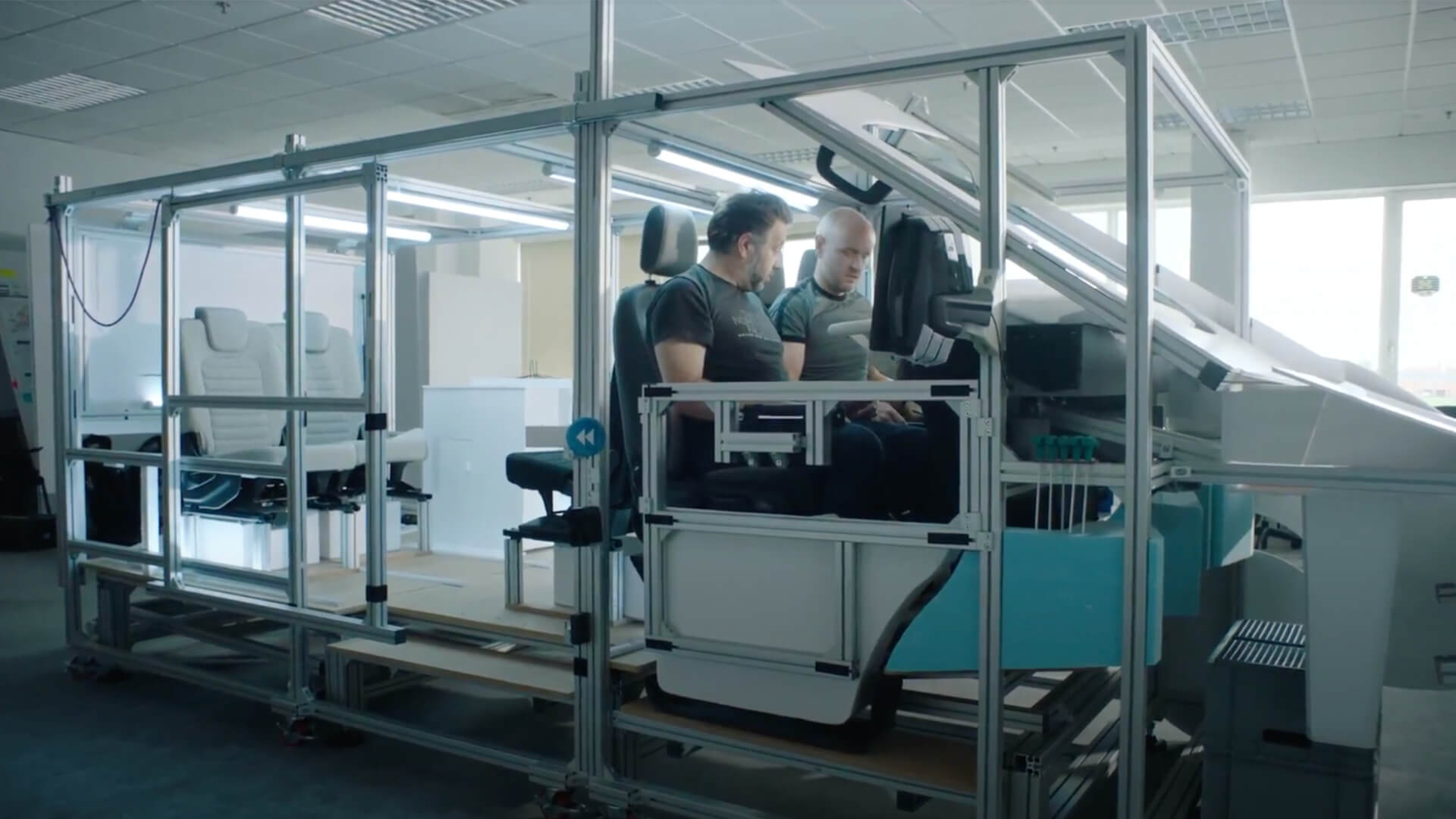
To learn and test
How could this work? How might we interact with this? How do these parts fit together? The act of making lets us learn by doing, kick off conversations, and answer tough questions. Whether we’re making a wireframe, a mechanism, or formulas in a spreadsheet, tangibility accelerates our learning.
In our decade-long relationship with the Ford Motor Company, we built numerous vehicles ranging from rough truck-shaped 80/20 frames to fully-custom commuter vans. These test beds of varying fidelity let us explore LOTS of new ideas—from maximizing storage space, laying out reconfigurable seating, or providing real-time progress communication along a route. Whether it was a big screen digitally tied to a seat and steering wheel to test a new driving experience, or stadium seating and a live progress map in a ride-share commuter van, getting tangible allowed us to test our ideas at the right level of fidelity, and learn what was working and resonating with our audience quickly and efficiently.

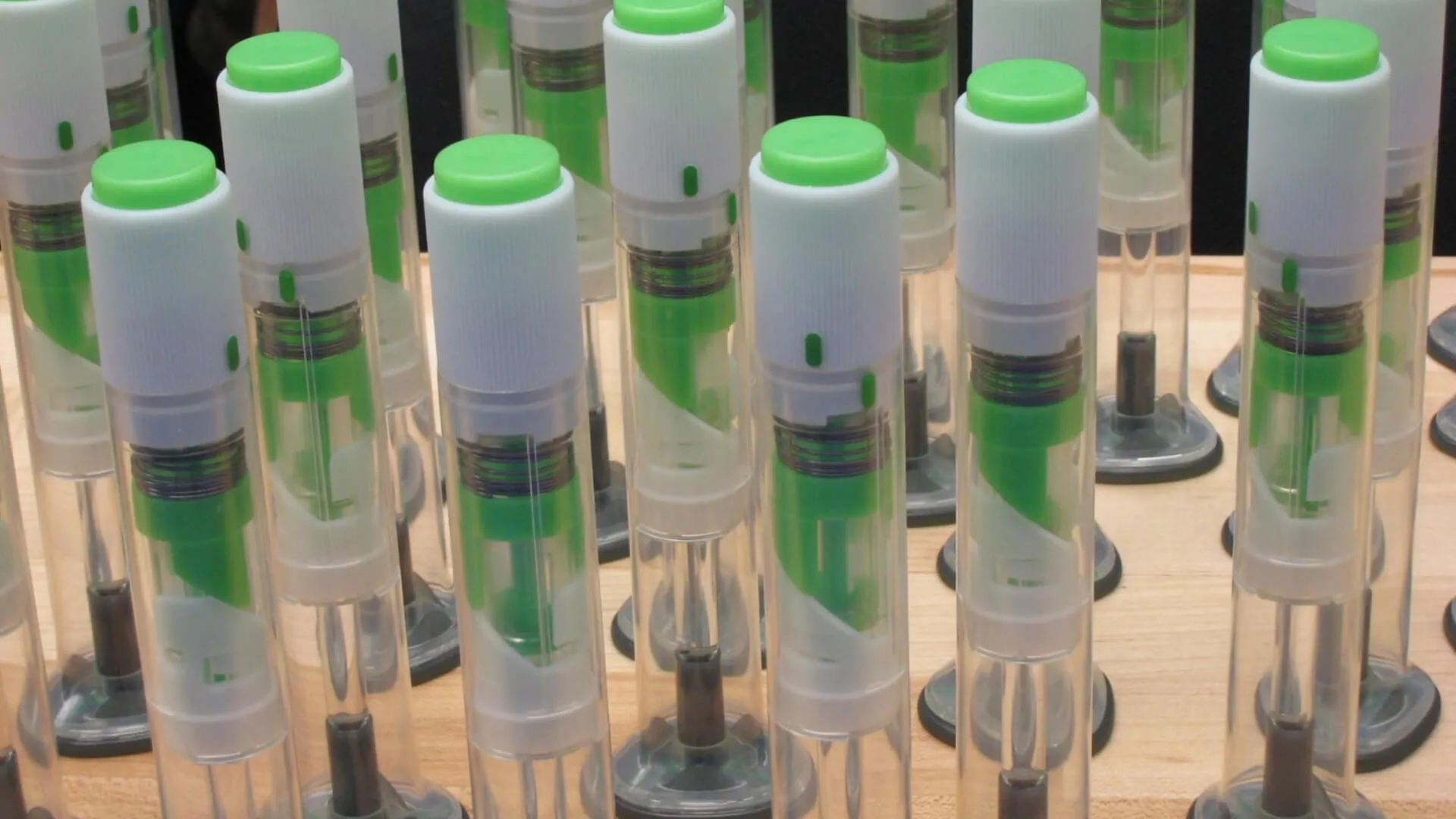
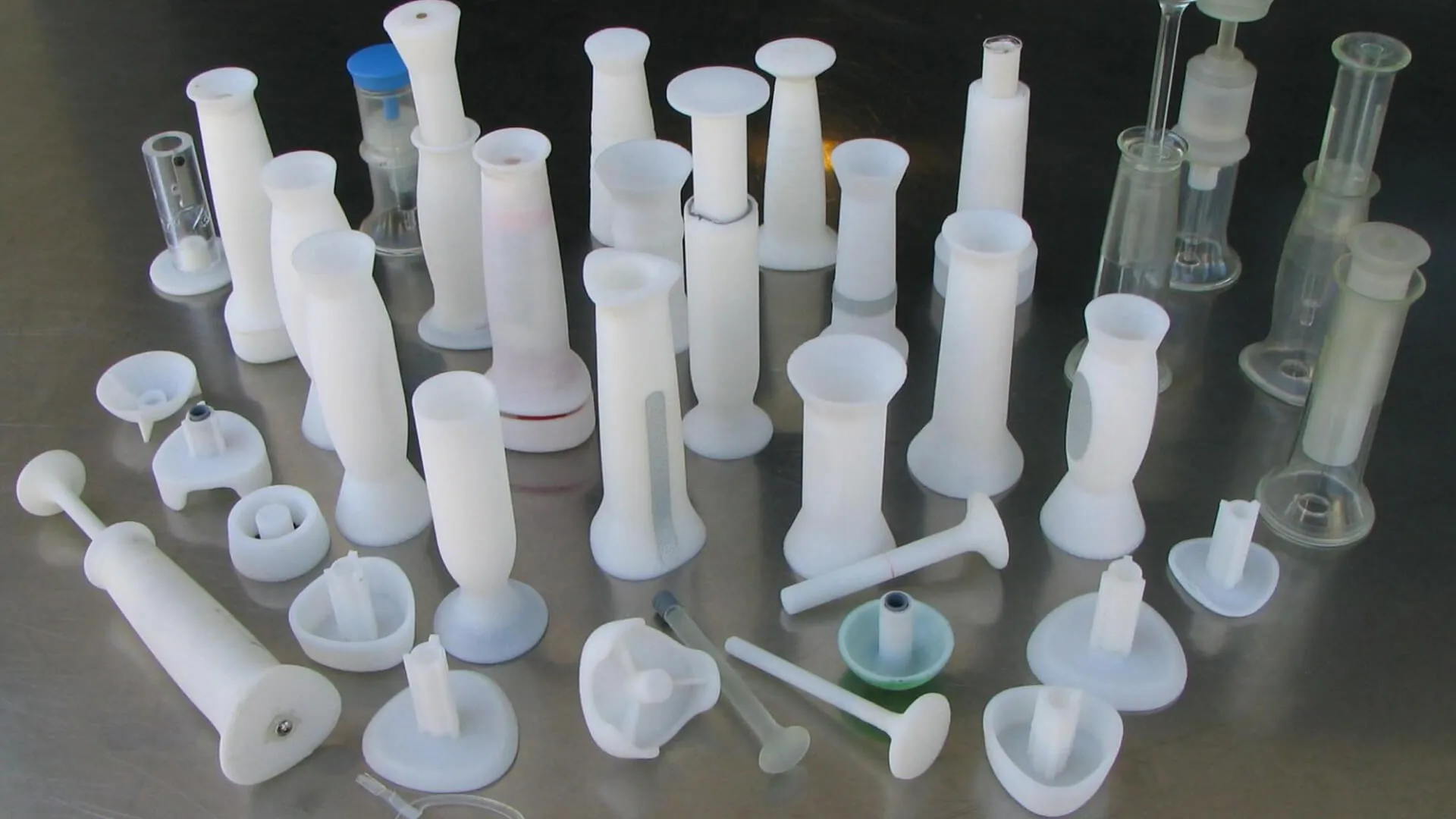
To prove something is possible
When we’re solving really hard and complex problems, viable solutions often feel too daunting to even consider. But by making something, we can break these problems down into more manageable parts—be it a node in a complex network, a critical screen in a workflow, or a complicated part of an interaction. Thus we can explore things we might have dismissed as impossible—and prove a potential solution is worth continued exploration.
IDEO worked closely with a pharmaceutical company to develop a first-of-its-kind autoinjector, an easy-to-use system that delivers a variety of drug products to people suffering from autoimmune diseases and other ailments. These complex mechanical devices rely on springs to do a lot of work: inserting the needle, pushing the drug into the body subcutaneously, and safely retracting the needle for disposal. IDEO built hundreds of prototypes to prove we could use two springs to accomplish these tasks, starting by repurposing simple found objects, then developing custom 3D printed parts to prove out specific functionality, and finally creating thousands of injection-molded prototype devices to convince ourselves and our partner that our design was robust and reliable. The result is a product our partner not only uses to deliver multiple drugs to a wide array of patients, it is the delivery device for three out of four of their best-selling drugs, which account for nearly $15 billion in annual revenue.

To try specifics and reduce risk
We often ask our clients to place big bets on our designs—both financial and strategic. Making something early on can help everyone test the risky or complex parts of a design, building consensus and confidence that it’s the right answer before investing too much time, energy, or money. Picture a new retail interaction, click-through prototypes of a workflow, or a functional mechanism that demonstrates a core functionality of a complex product.
This was particularly helpful on a project we did with Teal Health. Cervical cancer screening saves lives. But the tests are uncomfortable at best and inaccessible at most, and screening rates have been on the decline, Teal came to IDEO for help designing a device and testing experience that would allow users of all body types to safely and accurately collect a sample at home—and be inclusive for anyone with a cervix. The wand was incredibly challenging to design, as the user has to find their cervix, collect the sample, and remove the wand without contaminating it on other parts of the body—all without looking and probably while standing. Considering the complexity of the task, we knew it would be critical for Teal to test the design in real people. In an initial study with 220 participants varying in age, race, socioeconomic status, and geography, Teal found that not only were participants able to successfully self-collect samples, they also preferred our design over the speculum, the device doctors typically use during a screening. Now, Teal has launched a nationwide clinical trial and is on the path to FDA approval, not to mention its ultimate goal, catching cervical cancer earlier and saving lives.
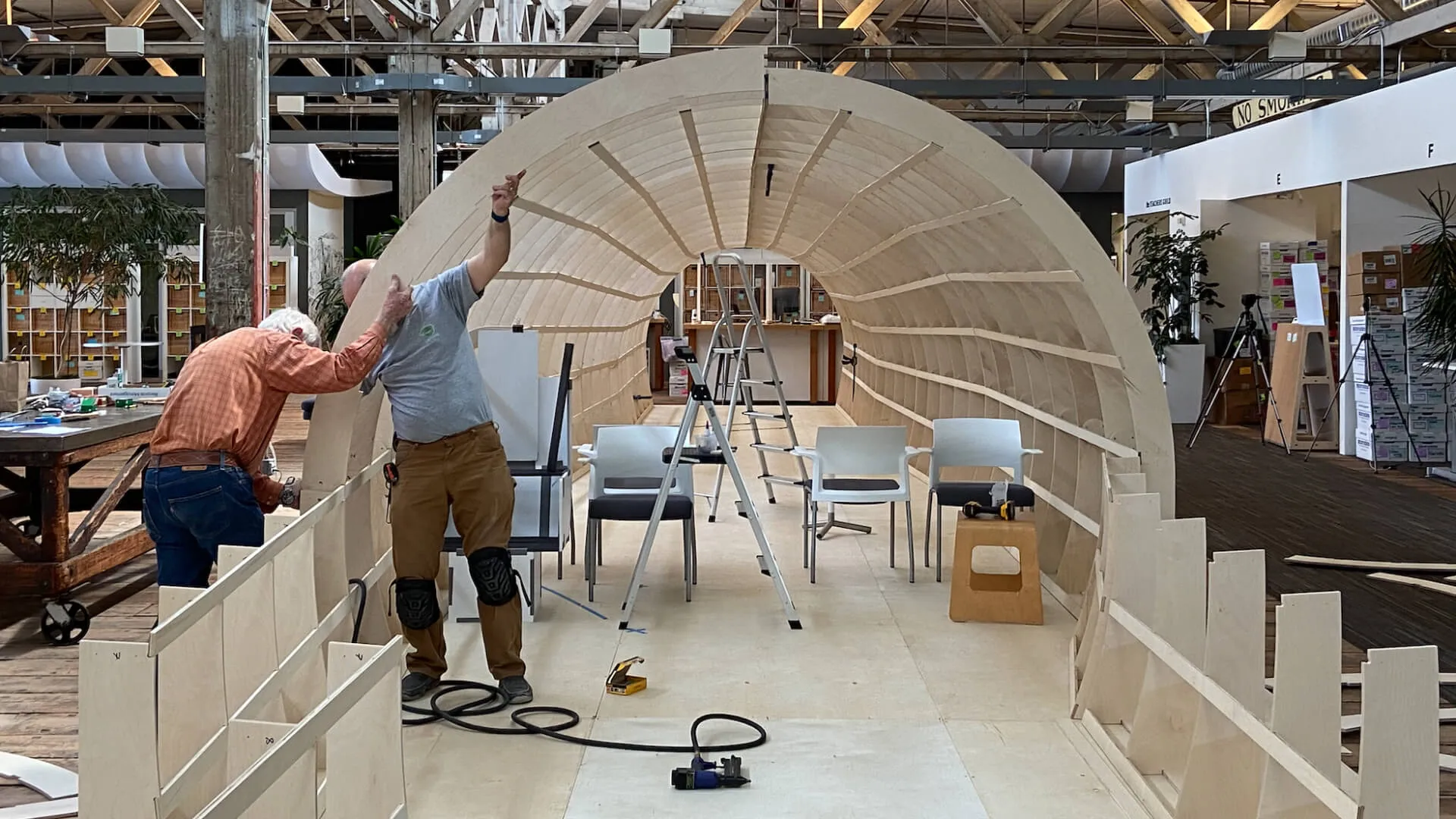
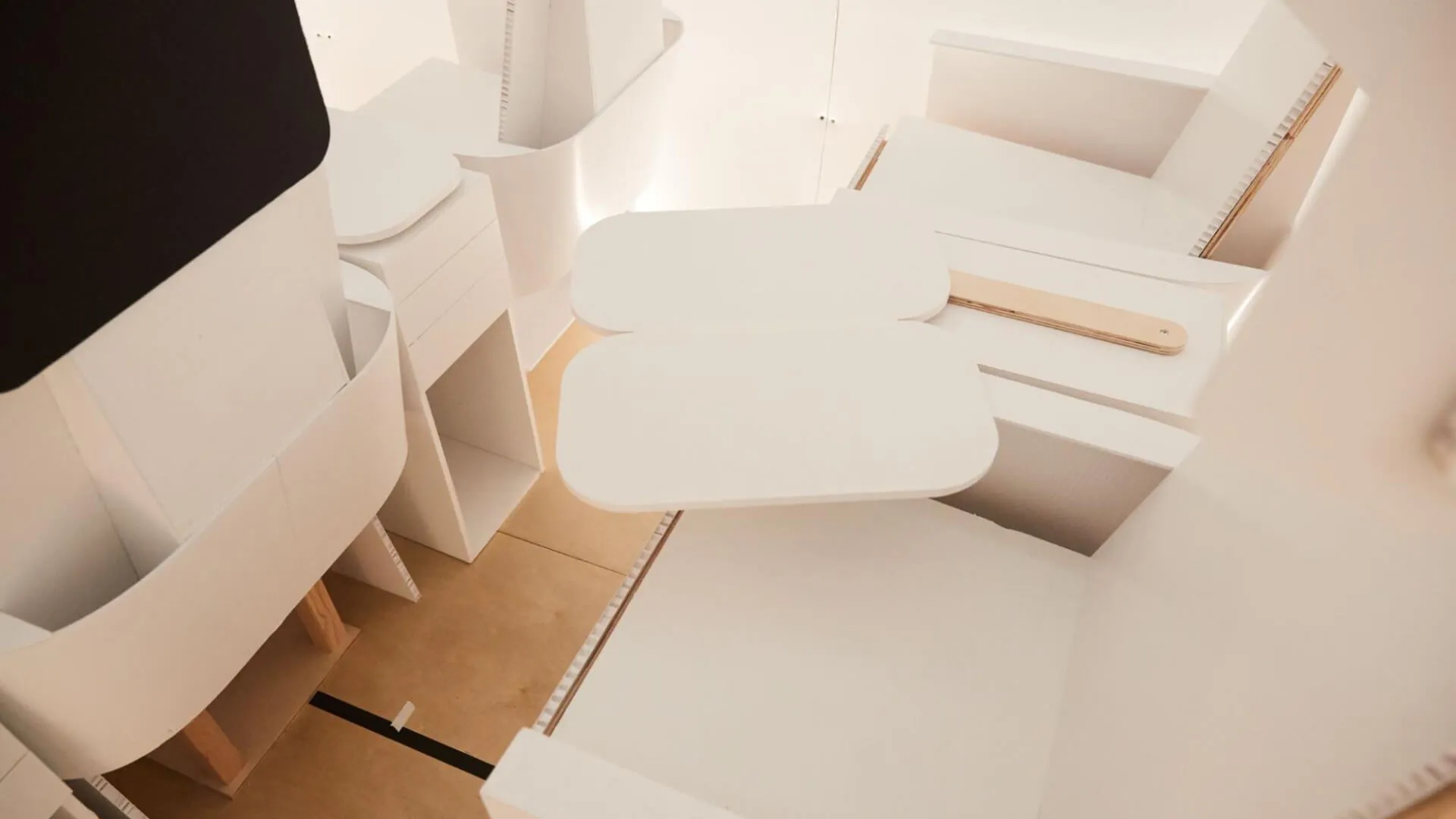

To tell stories
When we are designing the future, we have to find ways to help people experience something that doesn’t exist yet. Sometimes that means renting a warehouse to build out a full retail space and actually go shopping in the future; sometimes it’s a life-size game of chutes and ladders that helps admissions officers understand how complex the college application process can actually be. Making allows us to tell the story of a better future state, and inspires our clients to design that future alongside us.
It’s hard to use schematics and spreadsheets to show the executives of a supersonic flight company what the customer experience of sitting in the cabin will actually feel like. So we built our clients at Boom Supersonic a full-scale prototype out of two by fours and plywood, adorned with foam core walls and custom-machined foam seats. When those executives can actually sit in the seats, walk around, and even feel what it would be like to visit the plane bathroom, the future aircraft experience comes to life in a whole new way. When you layer on actual flight moments like boarding, beverage service, and in-flight entertainment by leveraging VR headsets, the future becomes so tangible and real that everyone can get behind making this new aircraft a reality.
Stuck working to solve a problem of your own? Prototyping can start with something as small as a sketch or a folded piece of paper—even if what you’re making is the size of a jet. All you have to do is start making.
Words and art



Subscribe

.svg)








